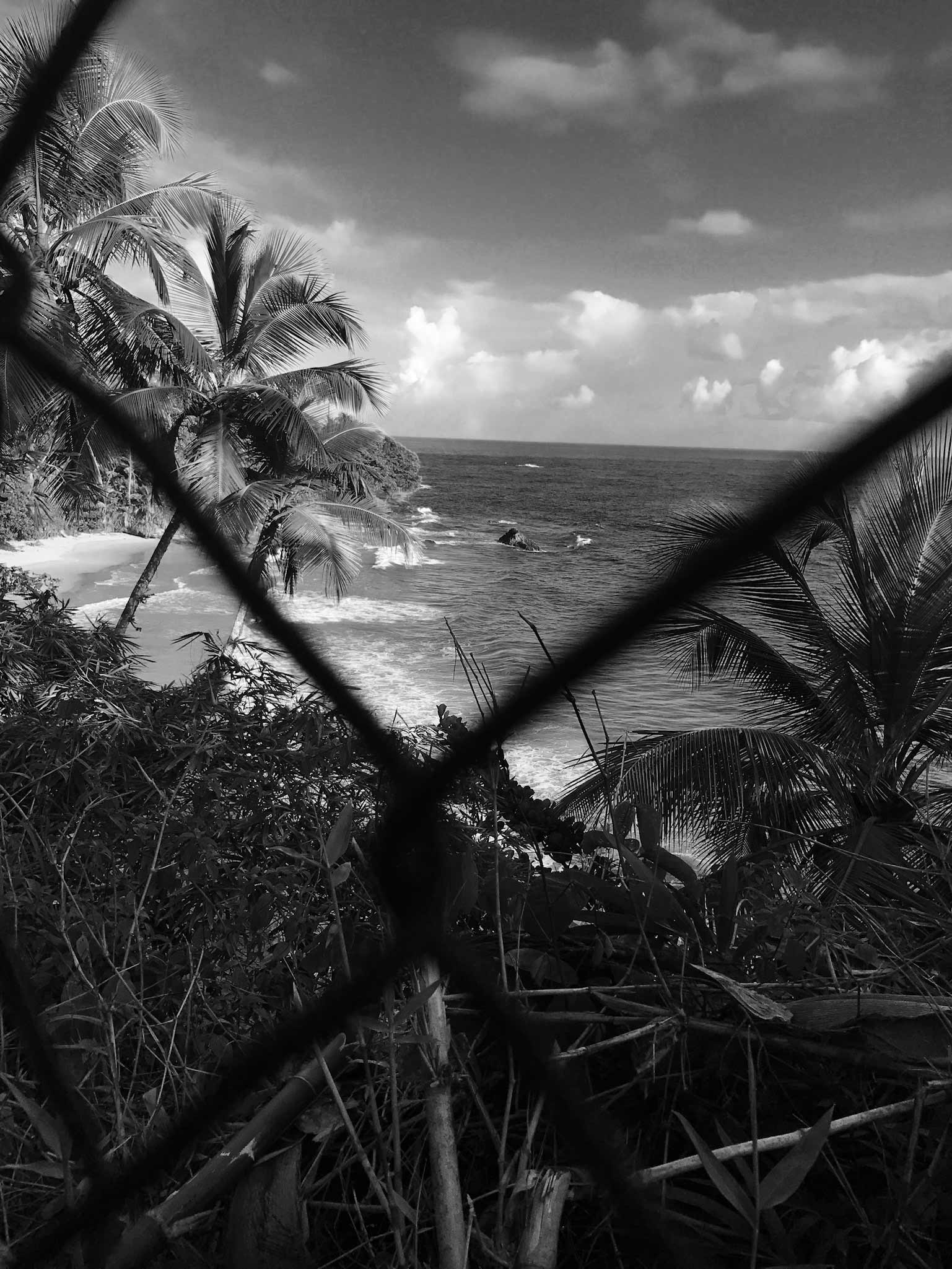It’s fitting that our most common form of barrier should come from the same damp island that gave us capitalism. Fences, chain link or otherwise, played a far smaller role in human affairs before the “enclosure of the commons” that Marx and Wordsworth agreed was crucial to how a feudal world transformed into one ruled by cash. The earliest farmers, guarding their wheat in the Fertile Crescent, may have had cause to ring their yards with sticks. Denizens of ancient cities and of medieval fiefs built high stockades to keep out raiders. But beyond those walled towns and across spans of steppe and forest, there was little reason to subdivide the landscape until property’s advent.
The evolution, in Britain, of communal holdings into a patchwork of private plots came as landowners realized that maximizing profit meant maximizing their acreage for grazing sheep—thereby destroying plots used to grow food by peasants who, now forced off the land, sought work in the factories of Manchester and Leeds. In Britain, the most common form of barrier was the hedgerow. But as capitalism spread to the Americas and beyond, and with it the empire that fed those factories lining the Manchester Canal, so did fences made from material other than twigs and leaves.
In England’s North American colonies and in the new country they became, on a heavily wooded continent, the split-rail, zigzagging “worm fence” was a symbol to Europeans of the New World. Farther west and later on in the arid Great Plains, pioneers wishing to settle a frontier where bison ran free, and where tree wood was scant and distances huge, confronted other challenges.
They invented barbed wire, which in the late nineteenth century was essential to similar adventures in settler colonialism in Australia, Argentina, and South Africa. Barbed wire also became a weapon of war and political tool of the twentieth century—a substance crucial to the concentration camp and the gulag and the fortified borders that made nation-states real. Barbed wire enabled “an ecology of modernity,” observed the philosopher Reviel Netz. But if that’s so, it’s also true that on an urbanizing planet where more humans now live within cities than outside them, it’s the chain-link fence that’s most shaped how modernity unfolds.





